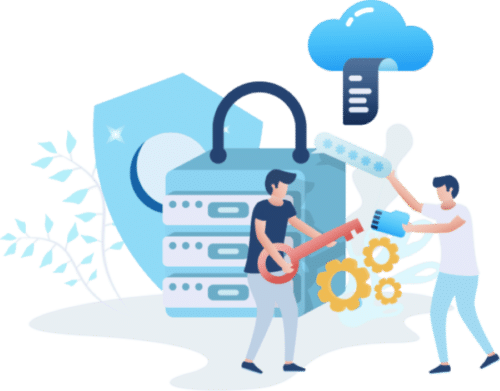What is it?
Modern manufacturing is a complex system. The time in which a single manufacturing company could make everything from glass, rubber, and steel to the end product is gone forever. These days, products are developed by multiple original equipment manufacturers (OEMs), through multiple tiers of suppliers working together. The work is often done globally on multiple plants, which specialise in making different configurations of products for different markets. The rapid growth of the global demand for goods and services has further propelled supply chain management systems.
Supply chain collaboration is a necessity for your company if you outsource items/parts for your products, as it allows you to plan for outsourcing and supplying.

Nowadays, it’s normal to have suppliers based all around the globe, especially now that working at a distance is much easier. Due to this, it’s more important now than ever before to have a collaborative supply chain.
Supplier collaboration is becoming essential to product differentiation and cost, especially for smart, modern products. These products utilize powerful new suppliers that provide sensors, software, connectivity or embedded operating systems. This information thus needs to be managed digitally and consolidated securely.
Why do you need it?
Developing complex products and working with distributed teams requires a modern supply chain collaboration environment.
A modern supply chain collaboration hub eliminates silos and multiple unconnected spreadsheets and enables you to collaborate in real time with your team.
Working in real time with your team allows you to improve visibility and traceability, and be quicker at designing and delivering your products.
Supply chain collaboration with OpenBOM makes it easier to share data and files (including derivatives) both with internal teams and external contacts.

Why is OpenBOM different?
OpenBOM is the market leader when it comes to collaboration. It is the multi-tenant data management architecture that makes a difference.
An important differentiator of the OpenBOM platform is its multi-tenant technology. This enables the use of shared computing resources, and also a multi-tenant data model. By using OpenBOM architecture, users can share data even if they don’t work for the same company (eg. OEM and contractor). OpenBOM provides a “network layer” in data management architecture, which is extremely important for cross-company business processes and data intelligence capabilities. Without a multi-tenant data model, multi-tenancy is very limited to the usage of shared computing resources which limits overall SaaS benefits for the customers.

With OpenBOM, all of your product data, such as items, catalogs, BOMs, etc. are defined in such a way that data handover can be done both manually (using the “Share” command to share a specific BOM or catalog) and automatically (using “Team Views” in our “Teams” and “Company” subscriptions), creating an easy way to access data from multiple companies, teams, and users.
In addition, data is automatically shared based on individual user settings. This means that you can choose who sees what data, therefore, saving you time and effort. Whenever data is updated, the changes are instantly reflected in all browsers in real time.

How does it work?
OpenBOM provides a powerful mechanism for sharing data and instant collaboration between users working in the same company as well as in extended enterprises. Unlike legacy PLM platforms, OpenBOM allows each company to have their own data administration. OpenBOM supports instant data sharing of all information objects – files, item catalogs, bill of materials, orders and other information. OpenBOM Team Views is a foundational mechanism that provides role-based data-sharing access. Individual object (catalog or BOM) sharing with applied user-defined views is exceptionally useful when collaborating with specific contractors. Data doesn’t leave OpenBOM servers, ultimately providing greater control over information. The same data-sharing mechanism enables cross-company change process management.
Learn more from OpenBOM documentation.
